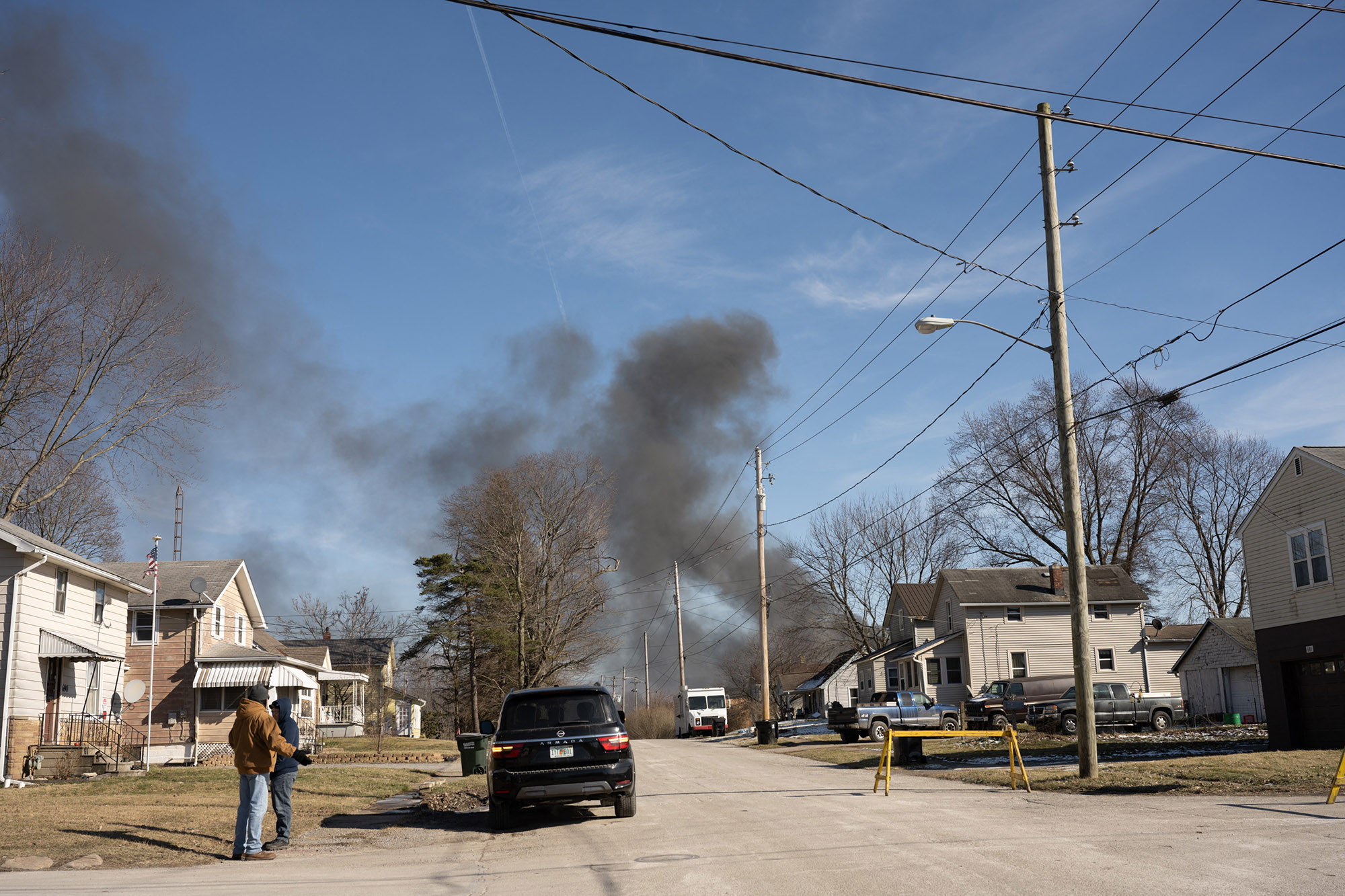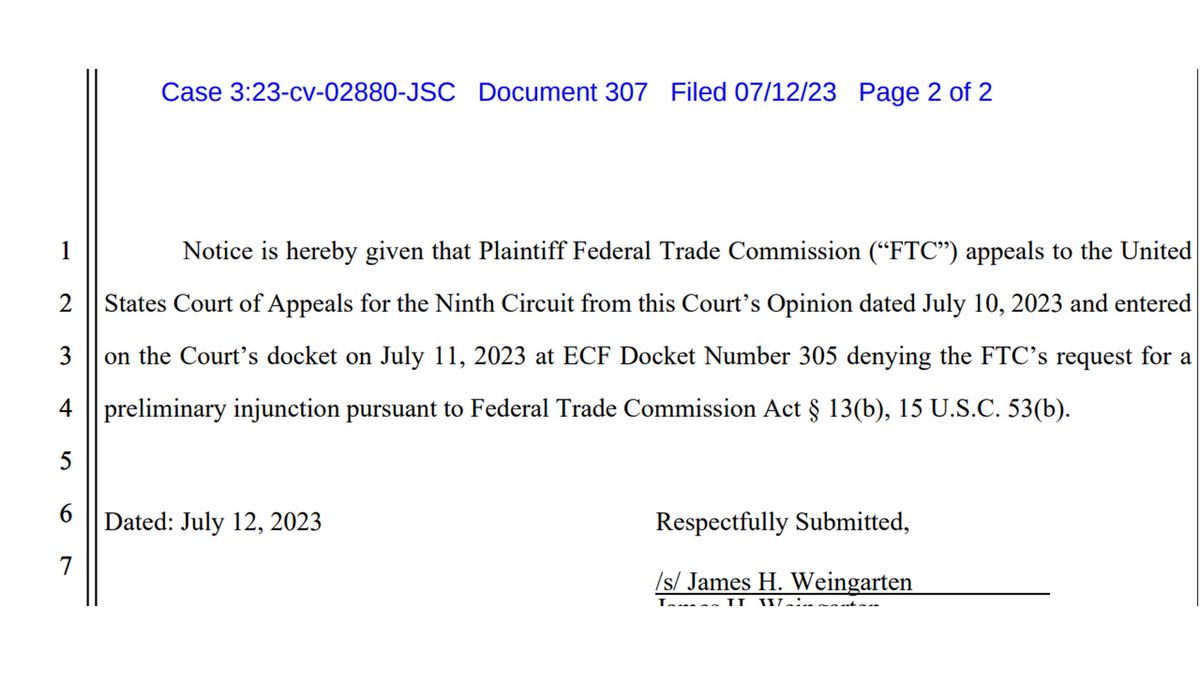Months-Long Lingering Of Toxic Chemicals From Ohio Train Derailment In Buildings

Table of Contents
Types of Toxic Chemicals Released and Their Persistence
The derailment released a cocktail of hazardous substances, including vinyl chloride, butyl acrylate, and numerous other volatile organic compounds (VOCs). Understanding the properties of these chemicals is crucial to comprehending their persistence in buildings. Vinyl chloride, for example, is a highly volatile and carcinogenic substance that readily penetrates porous materials like wood, drywall, and insulation. Its lingering presence poses a substantial long-term health threat. Butyl acrylate, another significant concern, exhibits a tendency for long-term off-gassing, meaning it slowly releases into the air for extended periods, leading to chronic exposure.
- Vinyl chloride: Tendency to linger in porous materials, requiring extensive remediation.
- Butyl acrylate: Potential for months-long off-gassing, leading to continuous exposure.
- Temperature and humidity: Significantly impact the rate of evaporation and persistence of these chemicals. Higher temperatures and humidity can accelerate the release of volatile compounds.
The adsorption of these chemicals to various surfaces within buildings further complicates the situation. This means the chemicals stick to surfaces and can slowly leach back into the air over time. Effective cleaning and remediation are crucial to mitigate these risks.
Pathways of Chemical Migration into Buildings
The toxic chemicals didn't remain confined to the immediate derailment site. They migrated into nearby buildings through several pathways:
- Airborne transport: Wind carried the released chemicals, allowing them to infiltrate buildings through cracks, windows, and ventilation systems. The direction and strength of the wind played a significant role in determining the extent of contamination.
- Surface runoff: Rainwater washed chemicals into the ground, potentially contaminating soil and groundwater, which could then seep into building foundations and basements.
- Direct contact: Chemicals could have adhered to clothing, vehicles, and other surfaces, subsequently being tracked into buildings.
Factors influencing the extent of contamination include:
- Air infiltration: Buildings with poor sealing and ventilation were more susceptible to airborne contamination.
- Contaminated water: Buildings with compromised basements or plumbing were at risk of waterborne contamination.
- Proximity to the derailment: Buildings closer to the derailment site experienced higher levels of contamination.
Health Impacts of Long-Term Exposure to these Chemicals
Prolonged exposure to the chemicals released during the derailment presents significant health risks, both short-term and long-term. These risks are exacerbated for vulnerable populations such as children, the elderly, and individuals with pre-existing respiratory or cardiovascular conditions.
- Respiratory issues: Asthma, bronchitis, and other respiratory problems are common consequences of exposure to VOCs.
- Neurological problems: Some of these chemicals can affect the nervous system, leading to headaches, dizziness, and cognitive impairment.
- Increased cancer risk: Several of the chemicals released are known or suspected carcinogens, increasing the risk of various cancers.
- Reproductive health concerns: Exposure can negatively impact reproductive health, leading to fertility issues and birth defects.
Remediation and Mitigation Strategies
Addressing the months-long lingering of toxic chemicals requires comprehensive remediation strategies. These include:
- Air purification systems: High-efficiency particulate air (HEPA) filters and other air purification technologies can help remove airborne contaminants.
- Decontamination of surfaces: Thorough cleaning and decontamination of affected surfaces is crucial to remove adhered chemicals.
- Removal and replacement: Severely contaminated building materials may need to be removed and replaced.
- Professional remediation services: Engaging qualified professionals is essential for effective and safe remediation. Proper air quality monitoring and testing are integral parts of the process.
Governmental Response and Community Concerns
The Environmental Protection Agency (EPA) and other government agencies are actively involved in assessing the situation, conducting testing, and coordinating remediation efforts. However, community concerns remain high regarding the long-term health and environmental implications. Residents are demanding transparency, comprehensive health assessments, and adequate compensation for damages.
- Governmental testing and monitoring: Ongoing monitoring of air and water quality is critical to track the persistence of contaminants.
- Community health assessments: Regular health assessments are needed to monitor the health of residents and identify potential health problems related to exposure.
- Legal actions and compensation claims: Legal actions and compensation claims are being pursued to address the damages caused by the derailment.
Conclusion: Addressing the Months-Long Lingering of Toxic Chemicals
The months-long lingering of toxic chemicals from the Ohio train derailment in buildings presents a serious and ongoing threat to public health and the environment. The persistence of these hazardous chemicals, the various pathways of contamination, and the potential for long-term health effects necessitate comprehensive and sustained remediation efforts. The long-term effects of toxic chemical lingering require ongoing monitoring, transparent communication from government agencies, and adequate support for affected communities. To prevent the lingering of toxic chemicals in future incidents, stricter regulations and improved safety measures within the transportation industry are paramount. If you believe your building has been affected, contact your local health department or environmental agency immediately for testing and support. Let's work together to prevent similar tragedies and ensure the safety of our communities.

Featured Posts
-
 Trumps Statement No Immediate Threat To Powells Position As Fed Chair
Apr 24, 2025
Trumps Statement No Immediate Threat To Powells Position As Fed Chair
Apr 24, 2025 -
 Hope And Liams Relationship Tested A Recap Of The Bold And The Beautiful April 16
Apr 24, 2025
Hope And Liams Relationship Tested A Recap Of The Bold And The Beautiful April 16
Apr 24, 2025 -
 Ftc To Appeal Microsoft Activision Merger Ruling
Apr 24, 2025
Ftc To Appeal Microsoft Activision Merger Ruling
Apr 24, 2025 -
 Trump Reassures Markets No Plans To Dismiss Fed Chair Powell
Apr 24, 2025
Trump Reassures Markets No Plans To Dismiss Fed Chair Powell
Apr 24, 2025 -
 Reduced Apprehensions At The U S Canada Border A White House Report
Apr 24, 2025
Reduced Apprehensions At The U S Canada Border A White House Report
Apr 24, 2025
